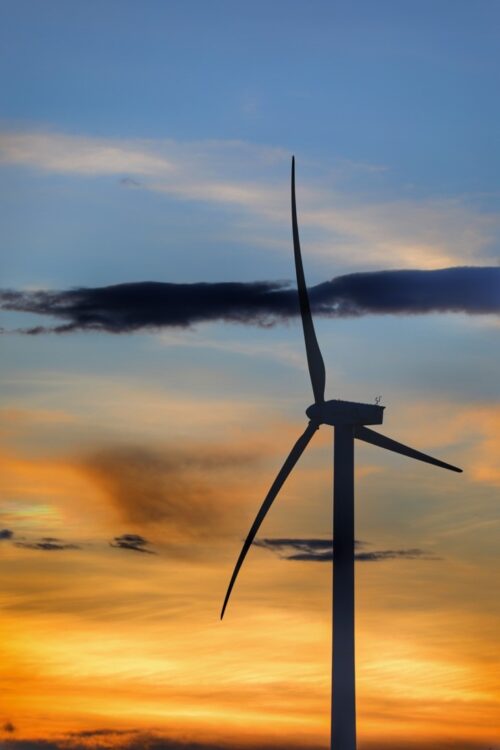Scotland’s largest offshore wind farm is now fully operational and generating clean, renewable energy to Britain’s power grid, SSE Renewables and its partner TotalEnergies have announced.
Seagreen, located 27km off the Angus coast in the North Sea’s Firth of Forth, is now Scotland’s largest wind farm as well as the world’s deepest fixed-bottom offshore wind farm, with its deepest foundation installed at a record 58.7 metres below sea level.
The project has the capacity to generate enough renewable electricity to power almost 1.6 million homes annually, equivalent to two-thirds of all Scottish homes.
Seagreen also has the capability to displace over two million tonnes of carbon dioxide from electricity generated by fossil fuels every year – making a significant contribution to Scotland’s net-zero ambition.
Photo by Dev Kalidhasan
First Minister Humza Yousaf said that the “significant milestone” was a “fantastic example of the work being done to unleash Scotland’s renewable potential”.
The £3bn project, comprising 114 giant turbines, has been more than a decade in the making. Operator SSE says the consenting time needs to be halved if there are to be enough turbines to meet the government’s climate change targets.
The project was first awarded exclusive development rights for the Firth of Forth Zone site by Crown Estate Scotland in 2010 and was consented for development by Scottish Government Ministers in 2014 ahead of construction beginning in June 2020.
The first Vestas 10 MW turbine was installed in December 2021, with first power achieved in August 2022 ahead of the installation of the final turbine at the site earlier this summer.
Now completed, power from Seagreen’s 114 turbines is being exported from the North Sea site via three subsea cables to landfall at Carnoustie, and then through 19km of underground cabling to a new onshore substation at Tealing near Dundee, before being distributed to homes and businesses via the GB power grid.
Originally planned with 150 turbines, the number was reduced because larger generators made it possible to harvest the same amount of electricity with fewer structures. The company is now exploring the feasibility of another phase of development by adding a further 36 turbines.
